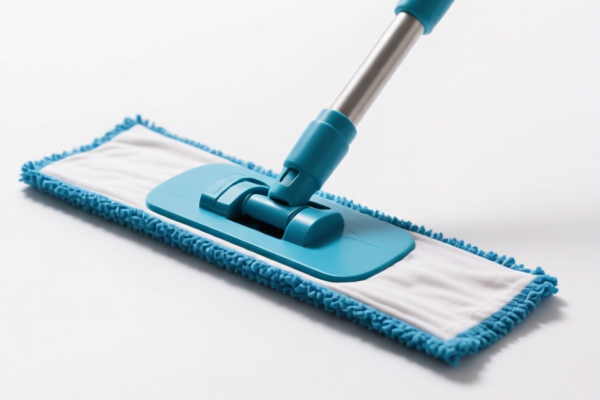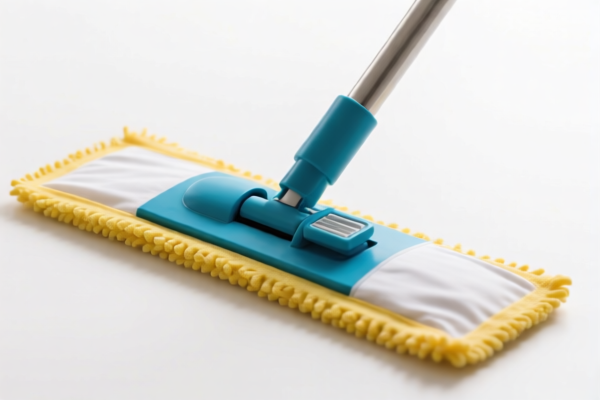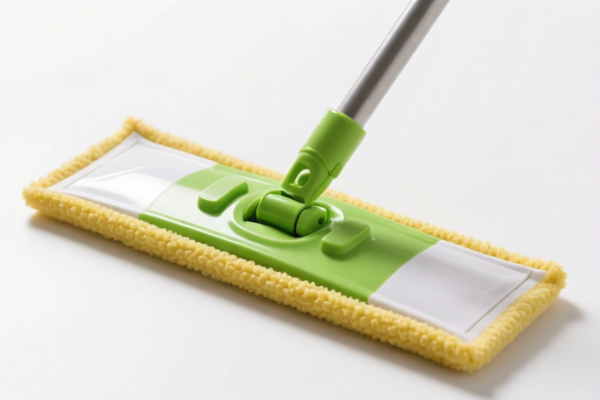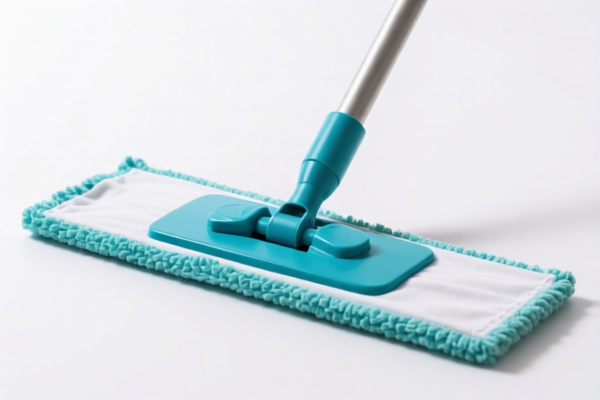| HS Code | Official Doc | Tariff Rate | Origin | Destination | Effective Date |
|---|---|---|---|---|---|
| 9603908050 | Doc | 65.3% | CN | US | 2025-05-12 |
| 6506996000 | Doc | 63.5% | CN | US | 2025-05-12 |
| 6506910060 | Doc | 55.0% | CN | US | 2025-05-12 |
| 3926904000 | Doc | 32.8% | CN | US | 2025-05-12 |
| 3924104000 | Doc | 33.4% | CN | US | 2025-05-12 |
| 3924905650 | Doc | 40.9% | CN | US | 2025-05-12 |




Car Mop
A car mop is a cleaning tool designed specifically for washing and drying vehicles, offering an alternative to traditional sponges, wash mitts, and cloths. It typically consists of a highly absorbent mop head attached to a handle, facilitating efficient and streak-free cleaning.
Material
- Microfiber: The most common material for mop heads due to its excellent absorbency, softness (reducing the risk of scratches), and durability. Different microfiber weaves (e.g., split microfiber) offer varying levels of cleaning power and absorbency.
- Chenille: Another soft, highly absorbent material often used in car mop heads. Chenille provides a gentle cleaning action suitable for delicate paint finishes.
- Cotton: Less common than microfiber or chenille, cotton mops are generally less absorbent and may leave more lint behind.
- Handle: Typically made of aluminum, plastic, or a combination of materials. Telescoping handles are common for extended reach and convenient storage.
Purpose
The primary purpose of a car mop is to wash and dry car exteriors, including the body, windows, and wheels. They are designed to lift and trap dirt, dust, and grime without causing scratches or swirl marks.
Function
- Washing: The mop head’s fibers attract and hold dirt particles, lifting them away from the vehicle’s surface. When used with car wash soap, it creates a lubricating layer to further minimize the risk of scratches.
- Drying: The highly absorbent fibers quickly soak up water, leaving a streak-free finish. Some mops are specifically designed for drying and feature a larger head size.
- Dusting: Car mops can also be used for light dusting of the vehicle's interior and exterior surfaces.
Usage Scenarios
- Full Car Wash: Used as part of a complete car washing process, including pre-wash, soap application, rinsing, and drying.
- Spot Cleaning: Effective for quickly cleaning localized dirt or grime on the vehicle’s body.
- Waterless Washing: Some car mops are designed for use with waterless wash solutions, allowing for cleaning without the need for a hose.
- Detailing: Used for applying and removing detailing sprays and polishes.
Common Types
- Traditional Car Mop: Features a rectangular or oval mop head attached to a handle. Often used with a bucket of soapy water.
- Spray Mop: Includes a built-in spray mechanism for dispensing car wash solution directly onto the vehicle’s surface.
- Telescoping Car Mop: Features an adjustable handle length for extended reach, making it suitable for larger vehicles.
- Wheel Mop: Specifically designed for cleaning wheels and tires, often with a smaller head size and more durable fibers.
- Microfiber Chenille Mop: Combines the benefits of both microfiber and chenille for superior cleaning and drying performance.
- Sponge Mop: A mop with a sponge head, often used for washing and drying. It is less popular than microfiber mops.
The declared goods, “car mop”, fall under cleaning articles used for vehicle maintenance. Based on the provided information, the following HS codes are relevant:
- 9603908050: This HS code covers brooms, brushes (including those constituting parts of machines, appliances or vehicles), hand-operated mechanical floor sweepers (not motorized), mops and feather dusters. It specifically includes mops. The tax rate details indicate a base tariff of 2.8%, an additional tariff of 7.5%, and a post-April 2, 2025, additional tariff of 30.0%. A total tariff of 65.3% applies. Steel or aluminum products incur an additional tariff of 25%.
- 3924905650: This HS code covers tableware, kitchenware, other household articles and hygienic or toilet articles, of plastics, specifically categorized as “Other”. Given that car mops are often made of plastic materials, this HS code may be applicable. The tax rate details indicate a base tariff of 3.4%, an additional tariff of 7.5%, and a post-April 2, 2025, additional tariff of 30.0%, resulting in a total tariff of 40.9%.
It is important to note that the material composition of the “car mop” will determine the most accurate HS code. If the mop is primarily composed of plastic, 3924905650 would be more suitable. If it is constructed with steel or aluminum components, the additional tariff of 25% associated with 9603908050 should be considered.
Customer Reviews
No reviews yet.